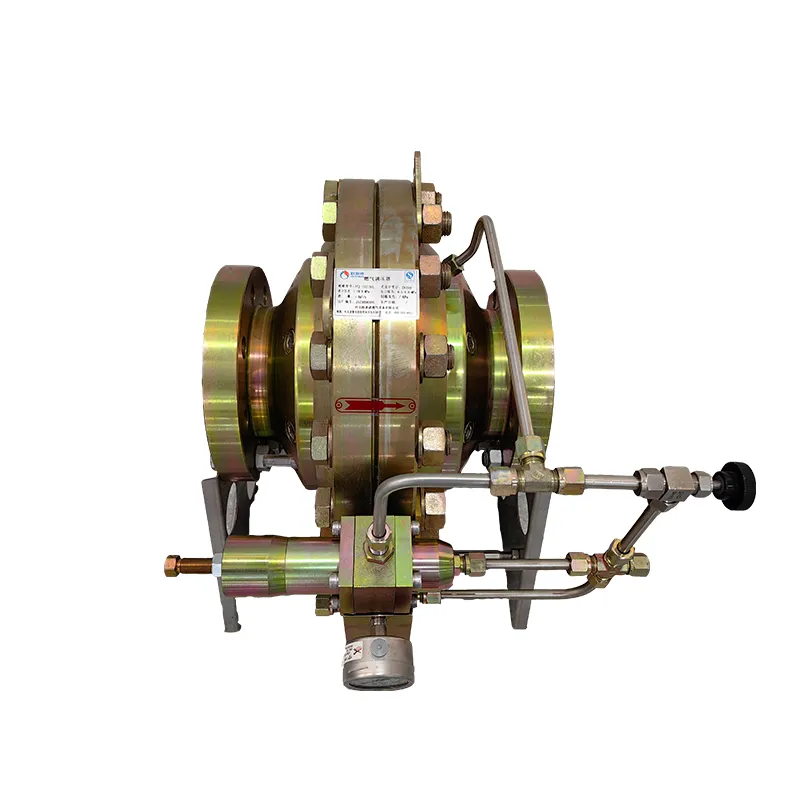
Dec . 06, 2024 23:45
Back to list
Pressure Pipes and Their Applications in Fluid Transport Systems
Understanding Pressure Pipes Essential Components in Fluid Transport
Pressure pipes play a vital role in the transport of fluids in various industries, such as water supply, oil and gas, sewage systems, and chemical processing. These pipes are designed to withstand constant internal pressure while safely carrying liquids, gases, and sometimes even solids. Understanding their construction, functions, and applications is essential for engineers and technicians in ensuring the efficient design and maintenance of piping systems.
What are Pressure Pipes?
Pressure pipes are specifically engineered to handle the forces exerted by the fluids they convey. Unlike standard pipes, which may be used in low-pressure applications, pressure pipes are constructed from materials that can endure high pressure without deforming or breaking. Common materials for pressure pipes include PVC, HDPE (high-density polyethylene), steel, and ductile iron. Each material has its unique properties and is chosen based on the specific requirements of the application.
Construction and Specifications
The design specifications for pressure pipes include factors such as diameter, wall thickness, and material properties, all of which contribute to the pipe's pressure rating. The pressure rating is crucial because it indicates the maximum internal pressure that a pipe can safely handle. Engineers must consider factors like temperature fluctuations, fluid characteristics, and external environmental conditions when determining the appropriate specifications for a pressure pipe system.
.
1. Water Supply In municipal water systems, pressure pipes are used to transport treated water from treatment plants to homes and businesses. High-pressure pipes ensure that water reaches its destination effectively, even over long distances.
أنبوب الضغط

2. Oil and Gas In the oil and gas industry, pressure pipes are essential for transporting crude oil, natural gas, and refined products. These pipes must be constructed to withstand high pressures and corrosive environments, making the choice of material critical.
3. Sewer Systems Pressure pipes are also used in some sewer systems, particularly in pressurized sewage systems that transport waste to treatment facilities. They prevent leaks and maintain the integrity of the waste transport process.
4. Chemical Processing In chemical plants, pressure pipes are used to transport a variety of chemicals, many of which may be corrosive or hazardous. The materials used must be compatible with the fluids they convey, necessitating careful selection during the design phase.
Challenges in Pressure Pipe Systems
While pressure pipes are indispensable, they also present several challenges. One major concern is the potential for leaks, which can lead to significant environmental damage and loss of resources. Regular inspections and maintenance are crucial to identify weaknesses or damage before a failure occurs. The choice of joints, fittings, and installation techniques also plays a crucial role in ensuring the longevity and safety of pressure pipe systems.
Additionally, advancements in technology have led to the development of innovative materials and designs, such as composite pipes and smart monitoring systems, which can detect pressure fluctuations in real-time. These technologies enhance the reliability and efficiency of pressure pipe systems, contributing to safer and more sustainable practices in fluid transport.
Conclusion
Pressure pipes are fundamental to modern infrastructure and industry, enabling the efficient transport of fluids in a safe and reliable manner. As technology evolves and the demand for robust piping systems grows, understanding the intricacies of these components becomes increasingly important. Engineers and industry professionals must remain informed about the latest materials, construction techniques, and monitoring technologies to ensure that their pressure pipe systems can withstand the challenges of their specific applications, ultimately contributing to a more sustainable future.
Latest news
-
Safety Valve Spring-Loaded Design Overpressure ProtectionNewsJul.25,2025
-
Precision Voltage Regulator AC5 Accuracy Grade PerformanceNewsJul.25,2025
-
Natural Gas Pressure Regulating Skid Industrial Pipeline ApplicationsNewsJul.25,2025
-
Natural Gas Filter Stainless Steel Mesh Element DesignNewsJul.25,2025
-
Gas Pressure Regulator Valve Direct-Acting Spring-Loaded DesignNewsJul.25,2025
-
Decompression Equipment Multi-Stage Heat Exchange System DesignNewsJul.25,2025

